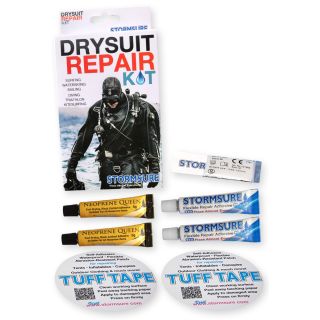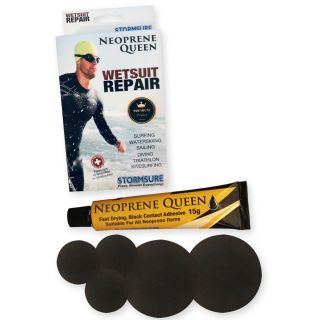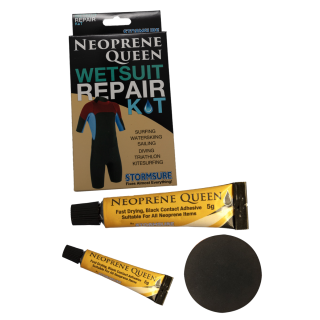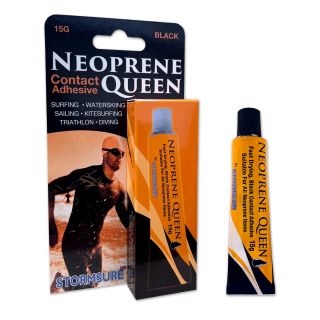Why does a wetsuit or drysuit break?
A wetsuit or dry suit can break or become damaged due to a variety of factors, including:
Wear and Tear: Over time, the neoprene material of a wetsuit or dry suit can become worn or damaged due to regular use. This can result in tears or punctures in the material.
Improper Use: Using a wetsuit or dry suit for activities that it is not designed for, such as surfing in shallow water, can cause the material to become damaged more quickly.
Improper Storage: Leaving a wetsuit or dry suit in direct sunlight or in a damp environment can cause the material to degrade over time.
Poor Fit: A wetsuit or dry suit that is too tight or too loose can cause excessive stress on the material, leading to tears or punctures.
Accidents: Accidents or impact from rocks, reef, or other objects in the water can cause damage to a wetsuit or dry suit.
Chemical Damage: Exposure to certain chemicals, such as gasoline or oil, can cause damage to the neoprene material of a wetsuit or dry suit.
It is important to properly care for and maintain your wetsuit or dry suit to prevent damage and prolong its lifespan. This includes proper storage, rinsing after use, and following the manufacturer's instructions for cleaning and maintenance.
Why should I repair my wetsuit?
There are several reasons why you should repair your wetsuit rather than replacing it outright:
Cost: Repairing a wetsuit is generally less expensive than buying a new one, especially if the damage is minor.
Sustainability: By repairing your wetsuit, you are reducing waste and helping to protect the environment.
Fit: If you have had your wetsuit for a while, it may have formed to your body, providing a better fit and more comfort than a new wetsuit.
Familiarity: If you are used to your wetsuit and feel comfortable in it, repairing it will allow you to continue using it rather than having to get used to a new wetsuit.
Sentimental value: If you have had some great experiences in your wetsuit, it may hold sentimental value for you. Repairing it will allow you to continue using it and making new memories.
Key reasons to repair a drysuit
Repairing a drysuit is important to maintain its functionality, longevity, and safety for the user. Some key reasons to repair a drysuit include:
Leakage: If there are any holes, tears, or punctures in the drysuit's fabric, it can cause water to seep into the suit and decrease its insulation ability. Repairing any leaks promptly will ensure that the drysuit maintains its waterproof and thermal properties, keeping the user warm and dry.
Damage to seals: The neck and wrist seals on a drysuit are essential in keeping water out of the suit. If they become damaged or worn out, they can cause leaks and decrease the effectiveness of the drysuit. Repairing or replacing the seals is important to maintain the drysuit's waterproofness.
Damage to the zipper: A damaged zipper can make it difficult to put on or take off the drysuit and can cause water to leak into the suit. Repairing or replacing the zipper will ensure that the drysuit is easy to use and waterproof.
Safety: A damaged drysuit can compromise the safety of the user. For example, if a tear or puncture allows water to enter the suit, it can cause the user to become hypothermic, which can be life-threatening. Repairing any damage promptly will ensure that the drysuit remains safe for the user to wear.
In summary, repairing a drysuit is crucial in maintaining its functionality, longevity, and safety. It is important to repair any damage promptly to ensure that the drysuit is effective in protecting the user from the cold water.



















